My friend was concerned that her kids only like chocolate cereals and won’t eat regular corn flakes. She asks, “are chocolate cereals healthy?”
To answer her question, I compared two common cereals: General Mills Cocoa Puffs and Kellogg’s Corn Flakes.
| Kellogg’s Corn Flakes | General Mills Cocoa Puffs | |
| Serving size | 1 cup/ 28 g | ¾ cup/ 27 g |
| Calories | 100 | 100 |
| Total Fat grams |
0 | 1.5 |
| Carbohydrate grams |
24 | 23 |
| Fiber grams |
1 | 2 |
| Protein grams |
2 | 1 |
| Ingredient list | Milled corn, sugar, malt flavoring, high fructose corn syrup, salt, (vitamins and iron) | Whole grain corn, sugar, corn syrup, corn meal, canola and/or rice bran oil, cocoa…, (vitamins and minerals) |
As you can see, they are comparable.
Learn how to identify the REAL causes of your gut problems.
- Same calories
- Thumbs up for Corn Flakes for the zero fat, higher in protein (although not that high), and the first 3 ingredients include only one type of sugar
- Thumbs up for Cocoa Puffs for more fiber (although not that high), the first ingredient is a whole grain, and the fat comes from vegetable oil
To answer her question, I would say that Cocoa Puffs is as good, or bad, as regular Corn Flakes. Actually, I would not consider any of them healthy.
Then, what cereal should you eat?
The best strategy is to look at the ingredients list in the bottom of the nutrition label. The list is sorted from the highest in weight to the lowest. To simplify my life—and now yours, I go by two rules:
One: The first ingredient is a whole grain. Look for whole wheat, whole corn, wheat bran, corn bran, oat bran, or oats.
Two: Sugar is not one of the first three ingredients. Other names for sugar are high fructose corn syrup, evaporated cane juice, granulated sugar, invert sugar, confectioner’s sugar, brown sugar, honey, maple syrup, molasses, sucrose, fructose, or glucose. This is a tough rule since most cereals are sweetened. If you can’t find a cereal that follows this rule, then at least the first two ingredients should not be sugar.
Three: Aim for 5 grams of fiber and 5 grams of protein per serving–or as close as you can get. They will keep you full for longer.
Learn how to identify the REAL causes of your gut problems.
No time to read labels? Start with these:
Kellogg’s Raisin Bran
Post Grape Nuts, Shredded Wheat, or Trail Mix Crunch Cereals
General Mills Fiber One
Quaker Oat Bran, Oatmeal Squares, Natural Granola Low Fat
Quaker Quick Oats
(List not exclusive. I do not endorse any products)
More tips:
- The less ingredients, the better
- To control the sweetness and increase variety, buy a cereal without added sugar, like plain oats or bran flakes, and add your own fruits and flavors at home
- “Sugar” on the label doesn’t differentiate if the source is fruits (natural) or other sweeteners. Don’t bother
- Make granola at home
Breakfast is the most important meal of the day and a great opportunity for your kids—and YOU—to get a serving of whole grains. Add a cup of milk and some fruits, and you’ll have a complete meal. How much better can it get?
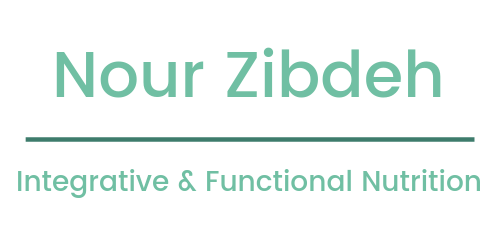

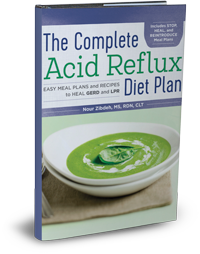
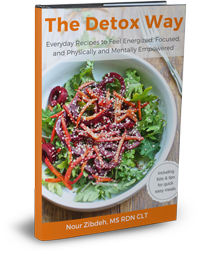

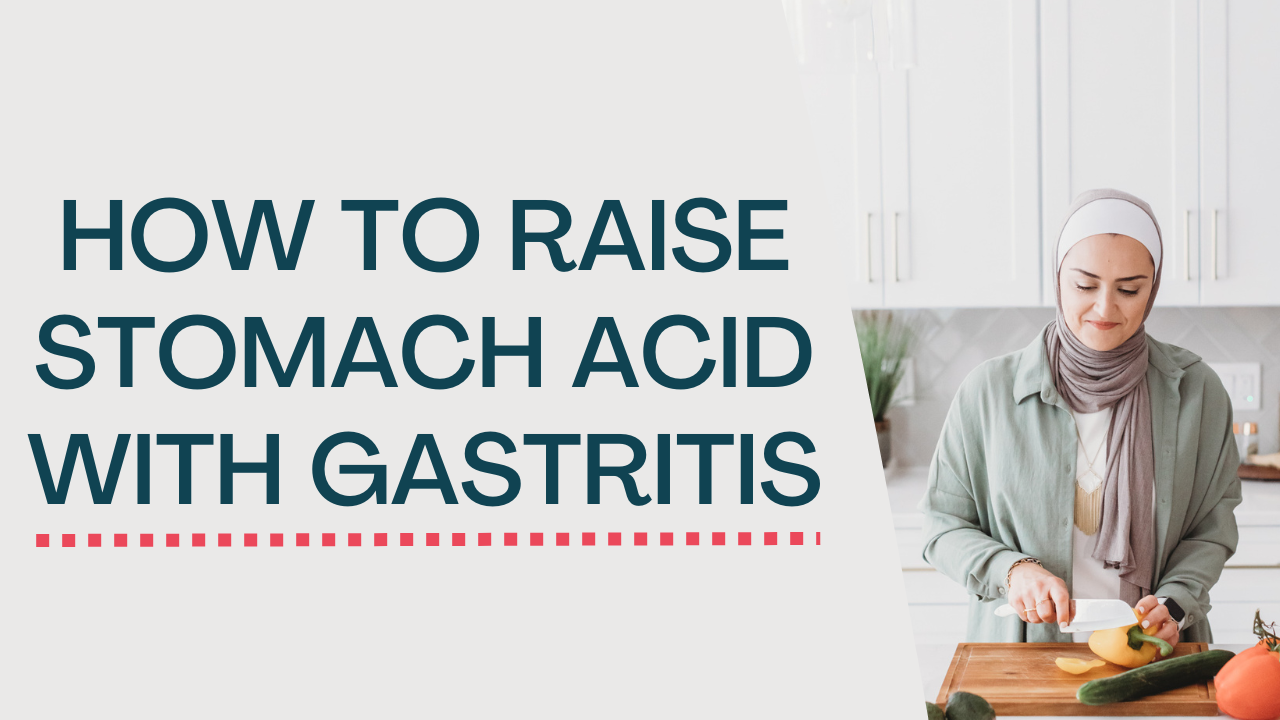
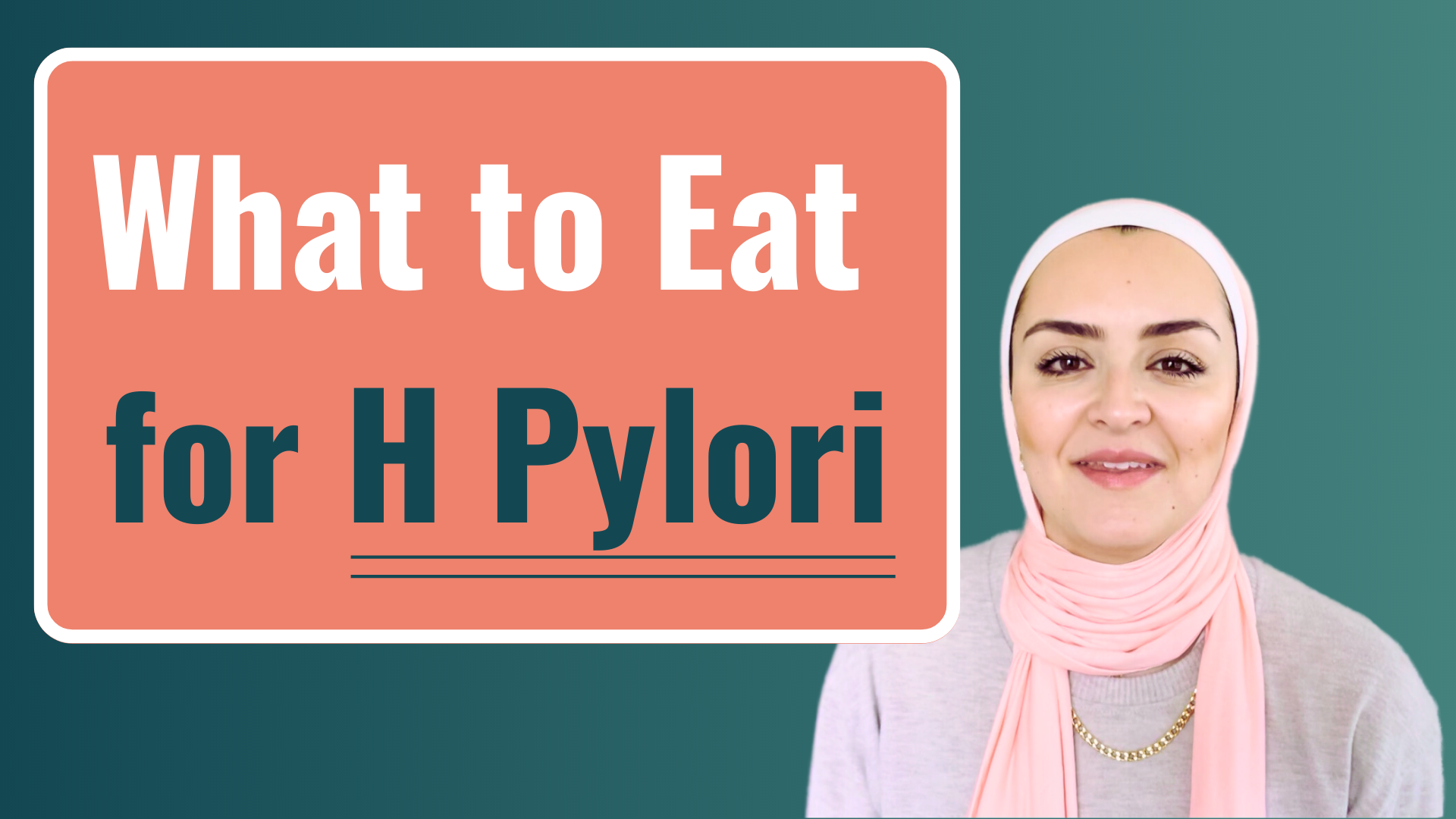
9 thoughts on “The Best Cereal for Your Kids”
That’s an interesting comparison…different from what I would have expected. I guess my question would be, how do you get your kids to eat the “healthy” cereals you eat? how would some of the Cheerios cereals compare? I can’t see my daughter snacking on any of the cereals you mentioned.
When it comes to Cheerios, I would go with the plain Cheerios (although my son, who’s one, won’t eat them) or the Multi-grain. Cheerios are made with whole grain oats, so although the second ingredient in all others is sugar, you are at least getting some whole grains.
You make a good point. How do you get them to eat the healthy cereal? You said it. You have to eat it first. You can’t force them to eat something they don’t like, but at least you can only offer the healthy stuff. It’s a trial and error, and you will eventually find something they like.
Other cereals that work for snacks:
-General Mills Dora the Explorer
-Pepperidge Farm Whole Grain Goldfish (not a cereal but great snack)
-General Mills Chex Multi bran or Wheat (sugar is 2nd ingredient but high in fiber and protein)
I can’t see why bran cereal, shredded wheat, or Quaker Oat Squares won’t work 🙂 Try them and let us know!
Your cereal post got me thinking about my son’s DAILY breakfast of Nutella on a whole wheat bagel. I’m trying to push him away from his addiction but in the end it’s better than cocoa puffs. The 1/2 bagel he eats has 4 grams of fiber and 5 g protein. Now the big question, which is better (or worse, rather) the nutella or butter spread on that bagel? 🙂
Nutella for breakfast some days of the week is ok, but you’re right to be concerned that he eats it daily. If you look at the ingredients, it’s made with sugar first, palm oil next, THEN hazelnut, cocoa and milk. A serving has 3 grams of protein, but for the sugar and the fat, it’s modest. Butter spreads vary, but they most don’t have as much sugar, but they don’t provide any nutrients either (protein, fiber, vitamins, minerals). Both can be “sometimes” food.
If you want to steer him away, or at least make his daily breakfast healthier, slice some strawberries or bananas to go with the Nutella and bagel. Also, try nut spreads (peanut butter, almond, or cashews). Trader Joe’s has a good tasting selection, and they tend to be more 100% of the nut, without the extra oils or sugar. You can keep trying cereals to find one he likes. I hope that helps!
Speaking of nuts, what’s the best way to ease babies into them, so we can be sure they have no allergic reactions to them?
It’s recommended that you don’t give your child nuts until they are over 5 years old due to choking hazards.
For nut butters, you should not give your baby any before she turns one because of chocking hazards–it’s not that easy for them to chew and swallow it! After one year, if there is NOT a history of nut allergy in both parents’ families, you can start slowly. Make sure you spread it well to avoid large dollops or mix with applesauce.
You can start with almond butter since almond allergy is not as common as peanut allergy. Give a small amount and monitor your toddler.
If there is a history of nut allergy in your family, I recommend that you discuss this with your pediatrician and possibly consult with an allergy specialist.
Nour
Pingback: Practical Nutrition » Blog Archive » Did You Lose Weight? You Must Have Eaten Something This Morning
Pingback: Fibered-up Food Products: Friends or Foes? : Practical Nutrition
Pingback: Product Reviews: Chocbite and Post’s New Cereal Just Bunches : Practical Nutrition
Comments are closed.